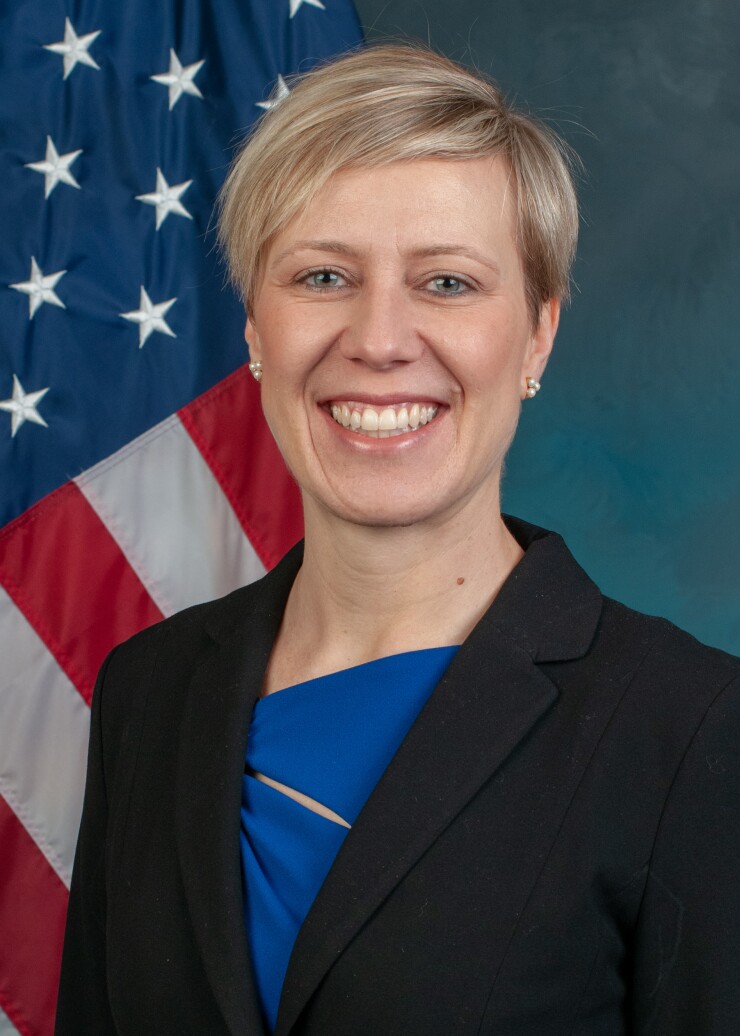The Federal Aviation Administration is granting more money to airports that could help reduce the industry’s reliance on debt financing for making infrastructure improvements.
Airport infrastructure projects are financed through a combination of funding including bonds and the FAA’s Airport Improvement Program, which carries restrictions about what the money can be used for.
Funding from the Bipartisan Infrastructure Law is now flowing through the FAA into the Airport Terminal Program, which is designed to fill in some funding gaps that aren’t covered by its Airport Improvement Program.
According to Heather M. Krause, director, physical infrastructure, U.S. Government Accounting Office, the discretionary grant program “provides approximately $1 billion in funding annually for fiscal years 2022 through 2026 for airport terminal development projects, including those that may strengthen resilience.”
GAO
Funding for resilience could come in handy as a report by the GAO released on Tuesday details the effects of power failures at the nation’s airports, as well as possible remedies. The report examines 321 electrical power outages defined as “an unplanned loss of power lasting five minutes or longer from 2015 through 2022. Eleven of these airports reported having six or more outages over this eight-year period.”
The outage warning bells rang in February when an outage hit the international terminal at JFK and cancelled 39 flights. In 2017 an eleven-hour outage at Hartsfield-Jackson Atlanta International Airport led to about 1,200 cancelled flights and rang up around $50 million in extra costs for the carriers.
The report marks the first attempt by the feds to collect data on a crippling problem as the GAO was set on their fact-finding mission by the House Transportation and Infrastructure Committee and Aviation Subcommittee.
The GAO also conducted interviews showing forty airports “reported planning or completing an infrastructure project to increase electrical power resilience.” Four of the respondents reported installing microgrids that can independently generate, distribute, and store power. Several municipalities are also taking advantage of federal funds dedicated to microgrids.
Airports receive AIP funding based on passenger volume. If capital project needs exceed the entitlement, then the FAA can supplement with discretionary funding including grants. The new funding is topping off older regulation refinements.
“The FAA Reauthorization Act of 2018 expanded Airport Improvement Program funding eligibility to include the energy supply, redundancy, and microgrids program projects,” said Krause. “Prior to that, AIP funding could only be used to fund an airport’s primary and secondary electrical power supply costs and to purchase fixed generators under certain circumstances.”
Airports can also use revenue from Passenger Facility Charges to support aviation-related ground infrastructure projects, including electrical power resilience projects. The PFC is set by the federal government and is currently capped at $4.50 a head, a rate that hasn’t changed in twenty years.
According to data released earlier this month by Airport Council International – North America, air travel has rebounded with an of 117.2% in international passenger traffic as compared to 2021. Domestic passenger traffic was up by 25.8%. Airport revenue is directly tied to how much traffic is flowing through terminals with departures accounting for most of the cash.
The industry is also burdened by $8 billion in airport bond principal and interest payments that are due each year, with total outstanding debt for U.S. commercial airports standing at roughly $111 billion as measured at end of fiscal 2021.
